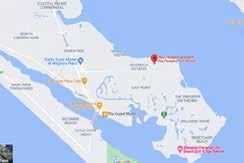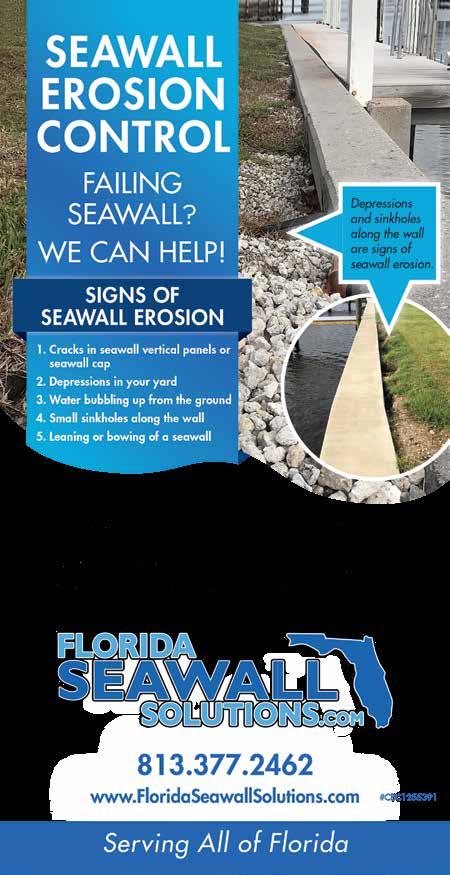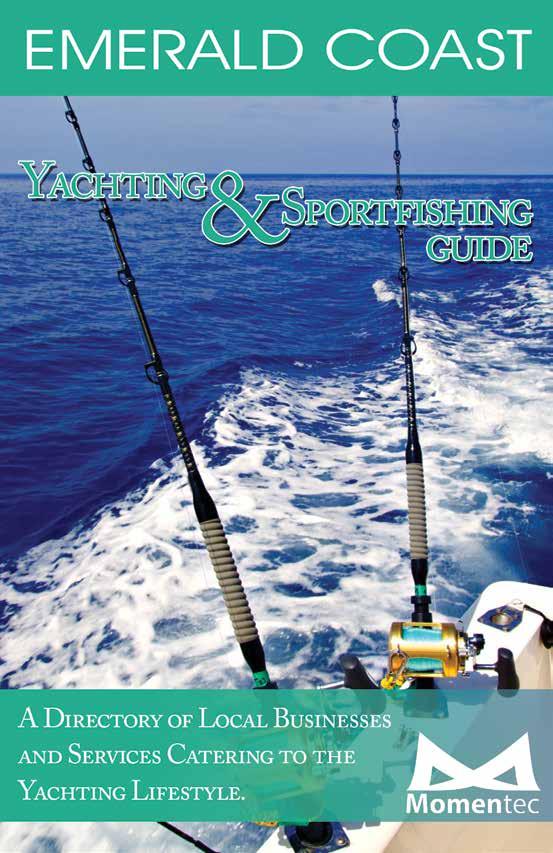

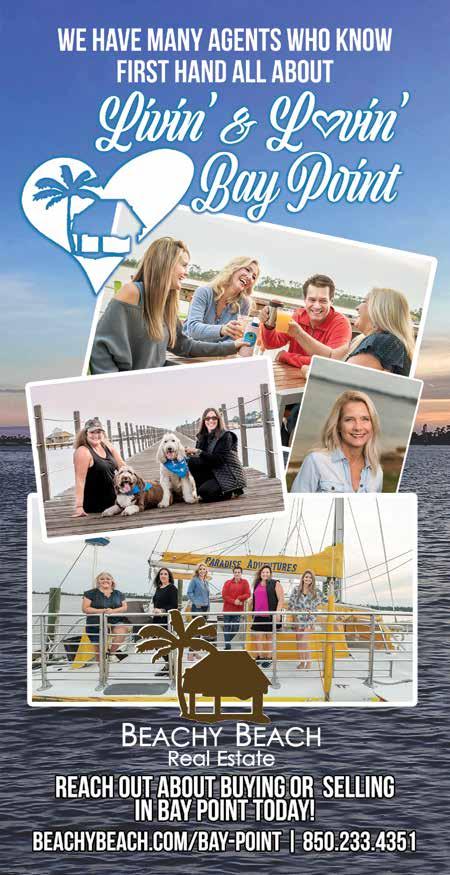
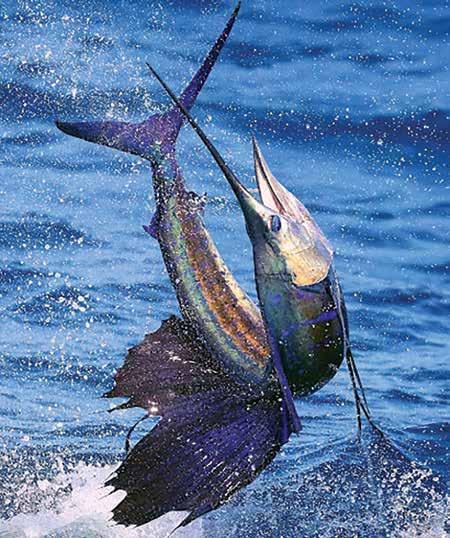

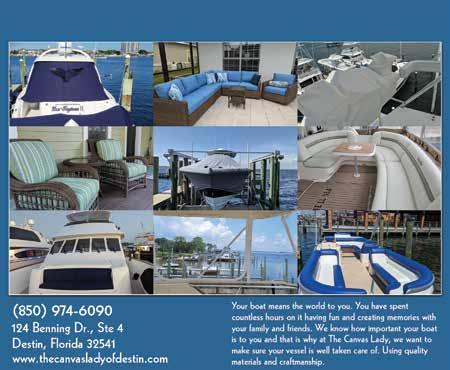

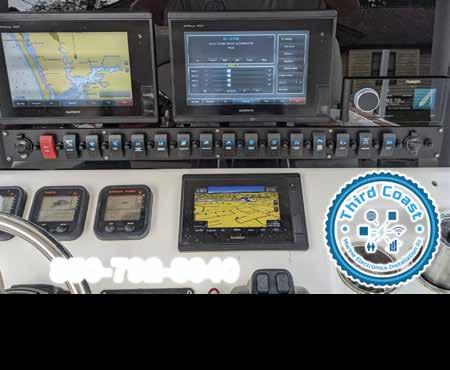











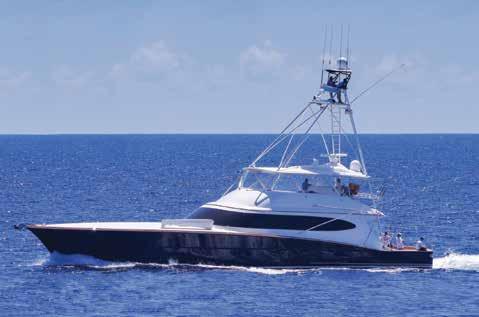
We welcome the Spring of 2023 with open arms and loaded bait wells. A whole slate of fishing tournaments is back and better than ever.
The Emerald Coast Open Lionfish Tournament in Destin kicks off the season from February 1st to May 21st. Good luck and wear gloves! The Bud Light Pensacola Fishing Rodeo follows from June 24th to 27th, with prizes for the top three fish for 21 different species, so lots and lots of prizes to go with lots and lots of beer!
June also kicks off the billfish tournaments that are the hallmark of world class offshore action right off the Emerald Coast. The Emerald Coast 21st Annual Blue Marlin Classic at Baytowne Marina at Sandestin starts the run, from June 21st to June 25th. Also in June, the Pensacola Big Game Fishing Club will host the 52nd Annual Pensacola International Billfish Tournament from June 28th to July 2nd.
July is red hot, with “The Greatest Show in Sportfishing!” – the Blue Marlin Grand Championship of the Gulf held in Orange Beach, AL, from July 11th to July 16th. Then it’s Fall Rodeo Season, with the PCB Fishing Rodeo from September 22nd to October 8th with 11 species and big jackpot prizes for Amberjack, Kingfish and Billfish.
This is followed up with the Destin Fishing Rodeo going the whole month of October. The Destin Fishing Rodeo began in May of 1948 to bring people to Destin. It worked! Destin shortly became known as a summer tourist destination and “The World’s Luckiest Fishing Village”. The Destin Fishing Rodeo is the ultimate fishing tournament for salt water anglers of all ages.The Rodeo founders, people such as Howard Marler, Jewel Melvin and Willie Marler, decided that moving the Rodeo to October would lengthen the tourist season another month. Today the Rodeo is held October 1- 31.
So get your vessels and gear ready for a great year of tight lines and red hot action!



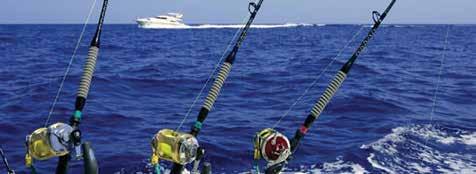
www.emeraldcoastopen.com
Pre-Tournament Feb. 1 – May 18, 2023
Main Tournament May 19-20, 2023
Final Weigh in May 21, 2023 by 11am Destin, Florida
www.pensacolasports.org/ pensacolafishingrodeo

This year’s Bud Light Fishing Rodeo will take place June 24-27, 2023. The weigh-in is at Flounders on Pensacola Beach on Saturday from 2p-7p and Sunday from noon-6p.
Cash awards and prizes await the angler who weighs in the top three fish in 21 different species.
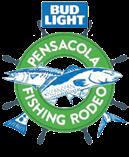



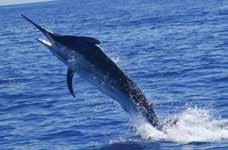
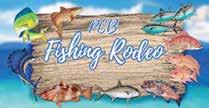
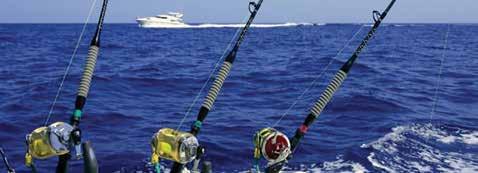
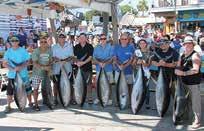
www.pcbfiahingrodeo.com

Weigh-Inns Daily 10 am-2 pm & 4-7pm Events will be held at Capt. Anderson’s Marina.
September:
Sept. 22, Friday Opening Day
Sept. 23, Saturday Kick Off Party
Sept. 24, Sunday Worship on the Water (8:30am-9:30am)
Sept. 29, Friday Charity Cornhole – Axe Throwing
Sept. 30, Saturday 5k Fun Run (8am-10am)
Kids Fishing Rodeo (10am-2pm) Battle of the Bands 7pm
October:
Oct. 1, Sunday Worship on the Water (8:30am-9:30am) Military Appreciation Day
Oct. 6, Friday Live Music
Oct. 7, Saturday Women’s Day – Food Truck Festival
Oct. 8, Sunday Worship on the Wate (8:30am-9:30am) – Pirate Party –Closing Ceremony – Fireworks
Oct. 9, Monday GCCAC Charity Drive ends
www.destinfishingrodeo.org/destin-fishing-rodeo
The Destin Fishing Rodeo began in May of 1948 to bring people to Destin. It worked! Destin shortly became known as a summer tourist destination and “The World’s Luckiest Fishing Village”. The Destin Fishing Rodeo is the ultimate fishing tournament for salt water anglers of all ages.
The Rodeo founders, people such as Howard Marler, Jewel Melvin and Willie Marler, decided that moving the Rodeo to October would lengthen the tourist season another month. Today the Rodeo is held October 1- 31.
20th Annual Emerald Coast
Blue Marlin Classic

June 21-25, 2023
www.fishecbc.com







The definition of salvage is “saving property in peril at sea and reducing environmental damage.” Salvage is also “all the actions taken aboard and ashore to resolve a marine casualty and to save property in peril at sea.”
There are four items that must be present for any situation to be considered a salvage:

1. Peril
2. Voluntary (no pre-existing contractual relationship to provide the services)
3. Success (in part or in whole)
4. The object must be a recognized subject of salvage (i.e., have value) Most all of the on the-water services performed by Sea Tow involve vessels in some degree of peril and are therefore technically salvage. The difference is that many of these services are low peril, for example, covered ungroundings, jump starts and fuel drops, which are covered by your Sea Tow membership and are provided free of charge.
Foundation works worldwide to advance the conservation of billfish and associated species to improve the health of oceans and economies. Considering the context of a planet with over seven billion human inhabitants, conservation strategies must be forward-looking and adaptive. By accounting for the roles of billfish within the marine environment as well as in relation to their interactions with humanity, TBF’s conservation campaigns maintain the flexibility to adapt to emergent threats as well as those which have historically confronted resource managers. TBF employs a multi-tiered, proactive suite of initiatives involving research— both biological and socioeconomic–education, and advocacy projects. As billfish and other highly migratory species are not confined to the territorial waters of any one nation, these strategies must also take into account the differences in culture and law inherent to the international arena. Empowered by an internationally diverse constituent network, The Billfish Foundation is uniquely equipped to do just this.
Established in 1990, The Billfish Foundation’s Tag and Release Program is the largest private billfish tagging database in the world and the cornerstone of TBF’s conservation and advocacy efforts. With more than 220,000 tag and release reports, TBF receives over 15,000 tag and release records annually from across the globe and provides vital information for billfish conservation.

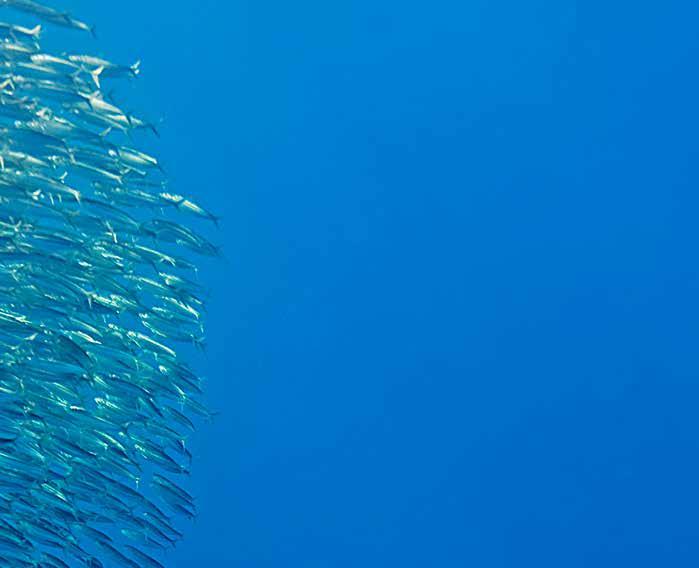
The success of TBF’s Tag and Release program is contributed to the dedicated anglers and captains around the globe that voluntarily tag, release, and report their billfish catches. The deployment of traditional tags and the data gathered from recaptured billfish provides valuable scientific data to further understand growth rates, migratory patterns, habitat utilization, and postrelease survival rates. Tag and release data also provides valuable information for stock assessments that are instrumental in a time when industrial longlines represent the largest source of marlin mortality. This valuable data, much of it impossible to measure without the use of traditional tagging, provides the groundwork for conservation minded policy, scientific advancement, and gives insight into the demographics and socio-economic benefits generated from billfishing.
As tagging provides The Billfish Foundation with substance for its conservation efforts, TBF recognizes those anglers and captains that tag and release the most billfish each year at an awards ceremony at the Miami International Boat Show. The annual International Tag & Release Competition recognizes members who tag and release the most billfish by species in each
of the world’s oceans. TBF award winners are the ‘who’s who of the billfishing world’ and are those that do not just catch and release a great number of fish, but embody and share a common conservation ethic. As captains and anglers on the water represent the first line in billfish conservation, recognition of their efforts provides a means to illustrate the direct link between catch and release fishing and marine conservation. To recognize the efforts of all of its members, TBF also provides release certificates for those that report billfish tags and releases.
AFTER THE FISH IS LEADERED: Bring the billfish alongside the boat. Idle the boat forward and maintain this position to allow the billfish to calm down and allow for easier tagging. Never attempt to tag a jumping or thrashing fish. This can be not only dangerous for the health of the billfish but for you too!
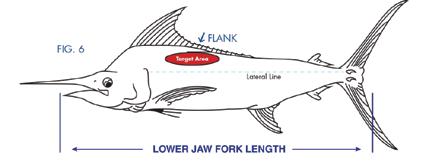
NEVER remove the fish from the water. This can result in fatal damage to the fish for two reasons. Excess rubbing and drying can result in the loss of the protective slime coat found on the surface of the fish. Without this protective covering, the fish becomes susceptible to bacterial infections and parasites. Additionally, the skeleton of a billfish is designed for the buoyant conditions of the ocean. Removing the fish from the water, even onto the gunnel, causes the skeleton to come under the full strain of gravity, which can damage the skeleton and internal organs.
It is vitally important that the tag be placed in the proper area: in the dorsal muscle well behind the head and gill plates, above the lateral line and away from all vital organs (see Figure 1). It is not necessary to use a great deal of force to insert the tag. A firm, well-aimed stroke is best. Place the applicator against the fish’s flank and push, inserting the tag until the stopper assembly is pressed against the fish. Improper tag placement or tagging too hard can result in serious injury or death to the fish. Speed tagging often results in injury.
(800) 438-8247 • (954) 938-0150
5100 N. Federal Hwy, Suite 200, Fort Lauderdale, FL 33308

1) Current Trends in Marine Insurance: We are presently in a tough market for marine insurance, especially on vessels over 30 feet and over 15 years of age.
South Florida is considered to be a higher risk area with theft issues, coastal hurricane exposure, a litigious environment, among other factors. Within the last few months, a couple of yacht insurance carriers have begun non-renewing policies and have pulled out of the State of Florida entirely, pushing some vessels into the surplus lines market (known as non-admitted carriers). A non-admitted carrier is less regulated by the State insurance department, not financially backed by the Florida Insurance Guarantee Association “FIGA”, and can raise and lower rates and make
policy changes (at renewal---not mid-term of a policy period) more easily as the market dicatates. In general, it is better to obtain insurance with an “Admitted” carrier, but often this is not possible.
Another current trend is for some insurance providers to require vessels not be kept on a lift during a hurricane. It may seem like a lift is a safe place to secure a vessel, BUT loss experience has shown that lifts are not designed to handle the torque and wind load of a powerful storm. Another issue with securing a vessel to a lift is storm surge, where the water raises up and over or into the vessel.
2) Tips on getting the lowest rate: There are a few things that help boaters obtain the lowest rate possible. Completing a boating

safety course, or obtaining a Captain’s license, are both good ways. On smaller vessels most insurance companies give credit for having prior insurance, having favorable credit, being claim free, owning a home, and having a safe place to moor/store the vessel.
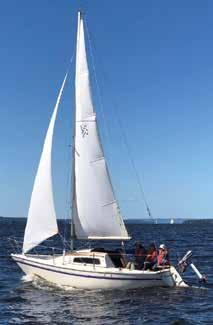
On larger vessels and those over 10 years of age, an in and out of water survey is most often required every three years (some carriers require within the last 18 months). It is important to keep this in mind, next time you have the vessel hauled out for annual maintenance, in case it is time for a new survey.
On high value vessels and most importantly vessels with multiple outboard engines, it is normally required that the vessel have a GPS theft tracking device—and that the device have a current monitoring contract in effect at the time of a loss.

It is vital to have a hurricane plan in place. Most seasoned boat owners and those who have been through a hurricane are more familiar with the process than newer boaters. Hauling a vessel out of the water and securing it inside a building or next to a house on a trailer is a good idea. If a vessel will remain in the water, remove all loose covers & canvas, lower or remove outriggers, antennas, etc. Some insurance carriers exclude coverage if a vessel is on a lift during a storm (check your policy). Plan in advance and have a backup plan if needed.
Insurance is meant to provide protection
for catastrophic loss, and is not designed to be a maintenance plan. A small scratch in the gelcoat or a minor dent on a prop should be taken care of out of pocket. It often saves a significant amount of money to carry higher deductibles and self insure for smaller issues.
5) Why it is more expensive to title a vessel in a Corporation or LLC

Be aware that some insurance companies charge extra premium if a vessel is not titled in an individual name. A corporation/trust/LLC is a different type of entity, often with other exposures, and although these could be a way to protect assets and limit liability, this is not always the case. In addition to possible added premium, there is also a cost to setup and maintain a corporation, extra tax return, etc.
Richard “Rick” Gibbs III Lauderdale Marine Underwriters, Inc.Modifying the types of hooks you use can significantly affect a fish’s chances for survival after it is released. When fishing with natural bait (dead or alive), IGFA strongly encourages the use of non-offset circle hooks. Extensive research on species from salmon to sailfish has demonstrated that circle hooks gut hook significantly fewer fish without sacrificing catch rates. Lures that have treble hooks should have the barbs bent down or removed to facilitate easier hook removal.
Interested in the science behind circle hooks? Read Circle hooks, 'J' hooks and drop-back time: a hook performance study of the south Florida recreational live-bait fishery for sailfish, Istiophorus platypterus published in Fisheries Management and Ecology in 2007.

If you’re not going to photograph your fish or document it for record purposes, the best method is to not remove the fish from the water. In-water releases can be aided by the use of de-hooking devices that eliminate the need to boat the fish and keep hands safe distances away from the fish. If the fish has swallowed the hook, it is much better for the angler to cut the leader as close to the fish as possible, rather than trying to forcibly remove the hook.
If a fish needs to be removed from the water to remove the hook and/or document it for record purposes, anglers should use either their hands or knotless, rubberized landing net. Most small to moderately large sized fish can be landed by hand. Ideally, this should be done with wet hands or soft, wet gloves to minimize slime and scale loss. Lip gripping devices may be used to help subdue fish. However, they should not be used to hoist fish vertically out of the water, as this can cause damage to jaw muscle and bone as well as to internal organs. The best method for removing fish from the water is to grip the fish or the lower jaw and support the fish’s underside. Again, the point is always to hold fish horizontally and not vertically.

The Florida Panhandle is one of the most frequently visited stretches on the U.S. coastline by tropical storms and hurricanes. In 2004, Ivan produced a 15 foot storm surge when it made landfall in Pensacola and Gulf Shores, Alabama. Dennis hit Navarre Beach in 2005 as a major hurricane with winds over 120 mph. And then in 2018, Hurricane Michael hit Mexico Beach as the first Category 5 since Andrew, with sustained winds of 160 mph, killing 50 people and leaving $18.4B in damages.
The wind will be the biggest enemy, along with the rising water and a brutal storm surge. There are several things to do to help minimize its overwhelming affects. Knowing how to secure your boat and where to keep your boat are the two primary concerns. The most important thing to remember is DON’T WAIT UNTIL THE LAST MINUTE! Being prepared in advance by having a plan and practicing your plan will help to protect your life and property.
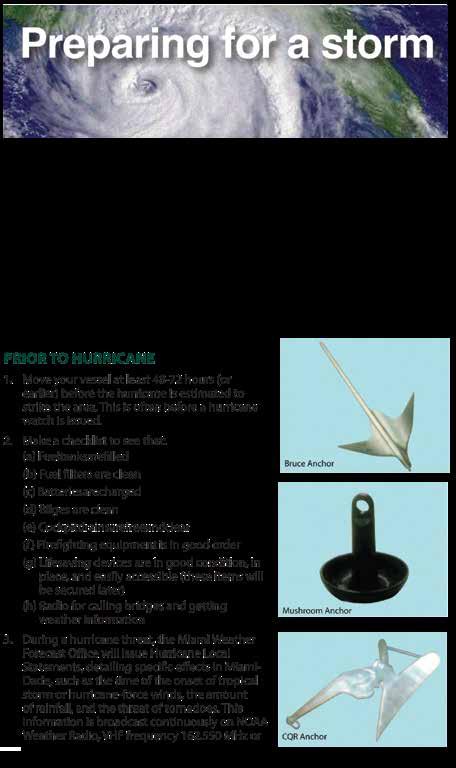


Scott & Elaine Tomrell are honored to bring Home Watch of Walton Bay to the communities of Southwest Bay and Southeast Walton counties. There can be many challenges with multiple home ownership. Engaging the services of a Home Watch Professional is an excellent way to help protect your investment. Yet, the home watch profession remains unregulated, which means anyone handed a key by the homeowner is also given responsibility for the uninhabited home. Most Neighbors Doing Favors or Hobby Home Watchers aren’t trained to look for the beginning stages of damage. Before turning over your keys, confirm you are hiring someone whose business is registered; they are background-checked, bonded, insured, and professionally trained.

Why do you need Home Watch?
An unoccupied home is a vulnerable home. Left unattended, water leaks, A/C failures, weather damage, rodent/insect infestation, and mold growth are just a few of the issues that can lead to costly repairs and loss of use of your home. Our visit could be the difference between damage and disaster. As graduates of the Home Watch Academy, we adhere to their high standards and best practices and have access to continuing education.
How detailed are the visits to my home? We utilize the Water Zone Home Watch Method, cycling water and checking for leaks and early signs of water intrusion. We flush toilets, run sinks and showers to ensure drain flies and smells are addressed, and ensure your systems are working correctly. Ceilings, walls, and baseboards all give clues to impending damage. We utilize GPS-enabled Home Watch Software, and you will receive a detailed report following each visit.
Won’t insurance cover any damage to my home while I’m away? Sadly, and unbeknownst to many seasonal homeowners, insurance policies may require proof of scheduled supervision and maintenance when the home is unoccupied for an extended period before paying a claim.

Our business is your Peace of Mind! Each homeowner will receive a personalized plan for their home, thorough communication, fast response times, and access to various concierge services. Our reputation is on the line every time we enter your home, and we don’t disappoint!


